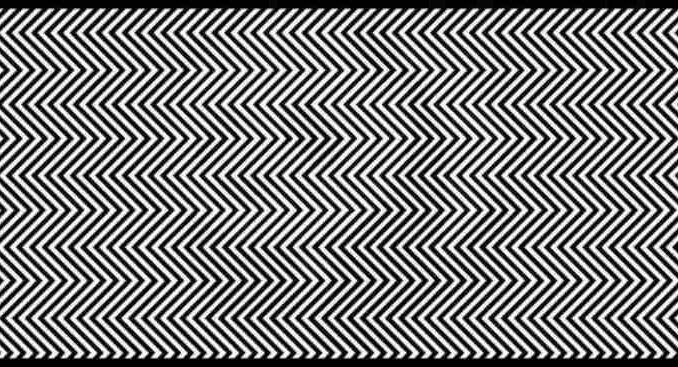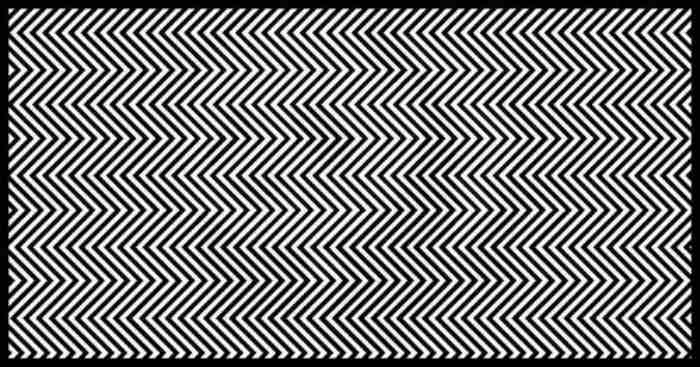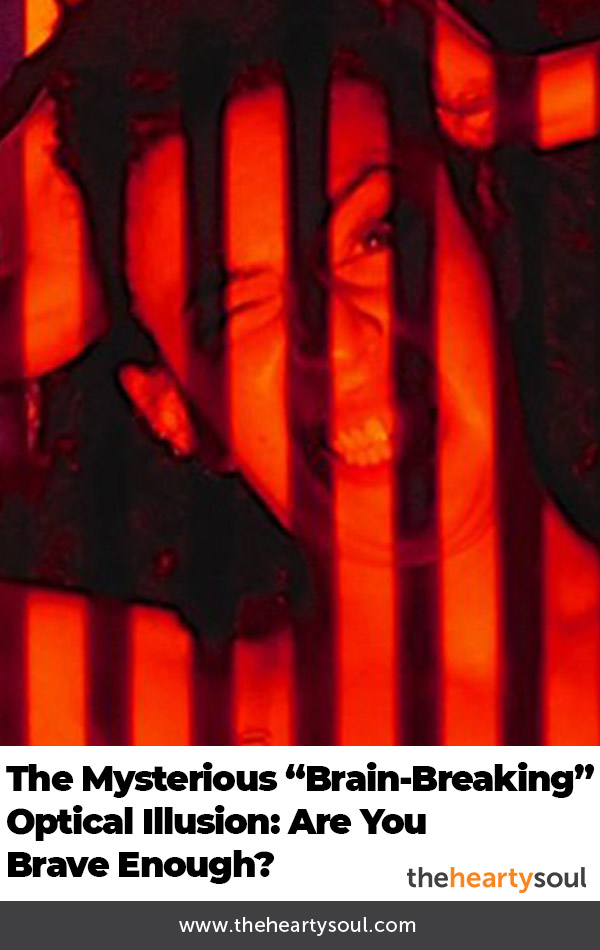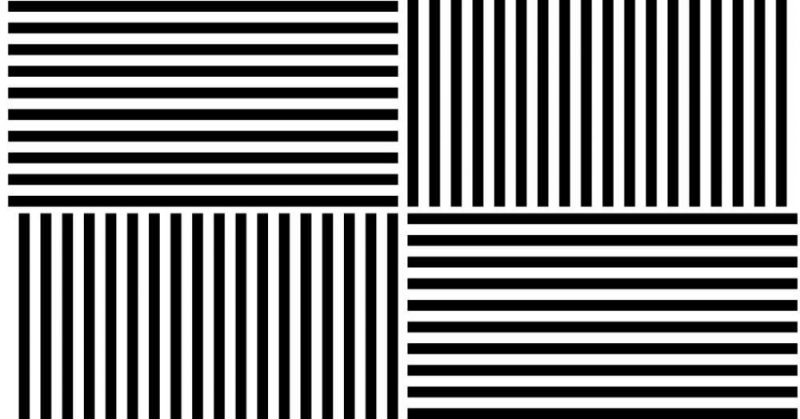
Have You Seen This Viral Image? Only 1% of People Can Spot the Hidden Animal!

An image has been making waves online recently, claiming that only 1% of people can spot the hidden animal within it. Can you find it?
Our minds are definitely challenged by this one, so we might need to take a break and revisit it later.
Ready for a New Challenge?
Have you ever heard of the McCollough Effect? It’s a fascinating psychological phenomenon where your brain starts to perceive colors like pink or green when you look at black-and-white lines, after staring at colored patterns.
To experience this effect, you focus on the center of two different colored “induction images” for several minutes, switching between them repeatedly. This effect works best with green and red stripes. Afterward, when you look at vertical black-and-white lines, you might see them tinged with red, green, or even pink.
Tilting your head 90 degrees can change how intense the effect is, and rotating the induction images can even reverse the effect. The longer you keep looking at the images, the longer the effect lasts—sometimes for hours, days, or even months.
So, What’s Behind This Strange Phenomenon?
Named after Celeste McCollough Howard, the American psychologist who first discovered it, the McCollough Effect is an example of a “contingent aftereffect,” an optical illusion that can persist for an extended time.
Research into the McCollough Effect began in earnest in 1975. A notable study involved five groups of 16 participants each, and surprisingly, one group continued to experience the effect after five days. For most participants, the effect lingered for up to 2,040 hours, or nearly three months.
If you want to try this out for yourself, you can use the images provided below. Be aware that it might temporarily alter your vision, though it mainly affects you when you see vertical or horizontal lines afterward. Generally, it’s considered safe, but proceed at your own risk.

What Causes the McCollough Effect?
There are several theories about what causes the McCollough Effect. One theory is that it involves neurons in the visual cortex. Another suggests that the brain tries to correct colors in the environment but gets stuck in the process. A third idea is that it acts as a sort of “withdrawal symptom” due to a lack of color.
A particularly intriguing study from 1995 focused on a patient with significant brain damage. Despite his inability to notice color patterns, he still experienced the McCollough Effect when viewing black-and-white gratings after being shown red-and-green patterns. This suggested that the effect occurs within the visual cortex or the connection between the eye and the brain.

Julien Ciroux’s thesis at Edinburgh University also supports this notion, stating that the mechanisms behind the McCollough Effect are primarily located in the primary visual cortex, though it also affects higher cortical areas.

Research has shown that only red and green colors are effective in creating this aftereffect. In a 1969 study, it was discovered that red and green stripes produced the effect, but colors like blue and yellow did not have the same impact. The reasons for this are still not fully understood.
Additionally, some studies propose that the grating pattern’s effectiveness may be related to how neurons in the visual cortex respond to different orientations and spatial frequencies. One theory even suggests that the “plaid-like” patterns used in JPEG images might mimic the visual system’s processing.
In summary, the McCollough Effect highlights how our brains can be easily deceived. It’s a testament to the quirky nature of our visual perception and how our brains can be tricked by seemingly simple patterns.
Leave a Reply